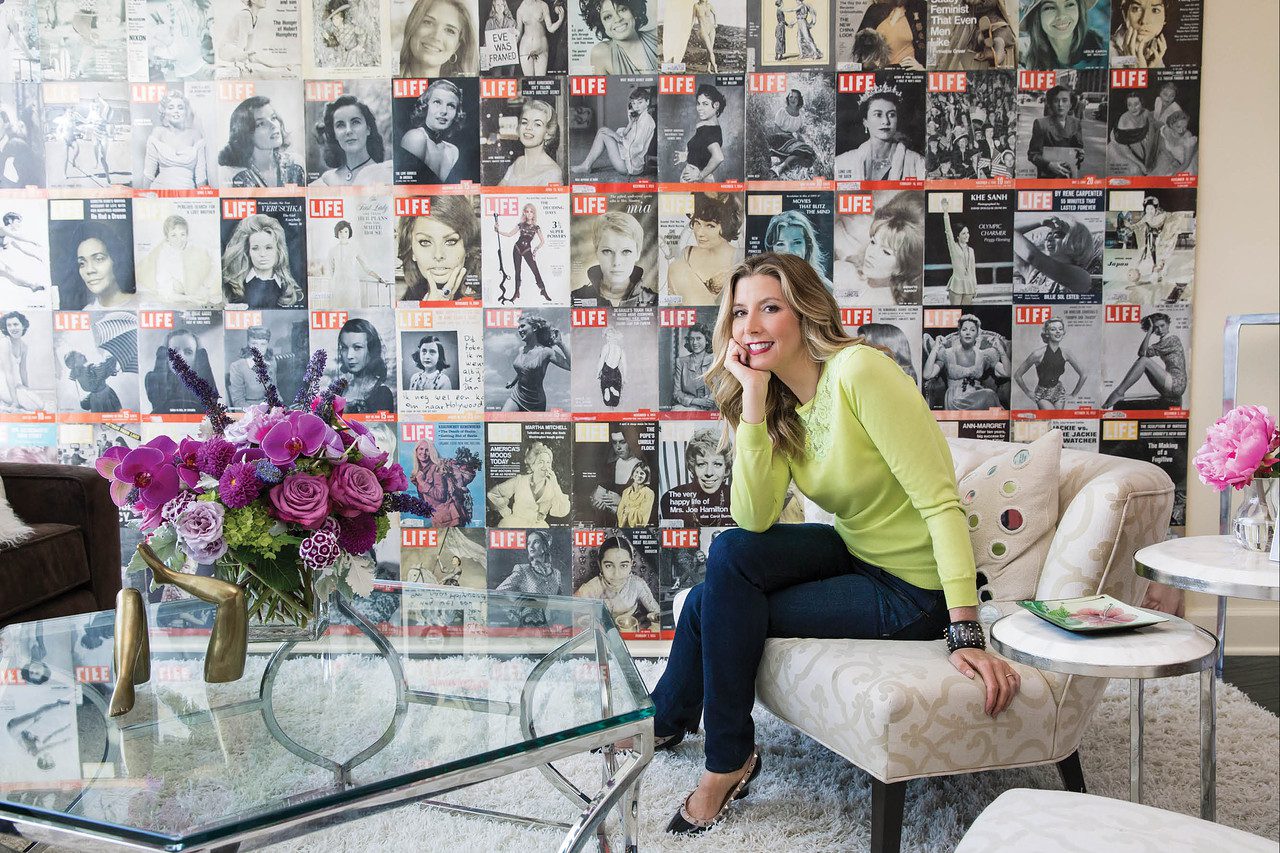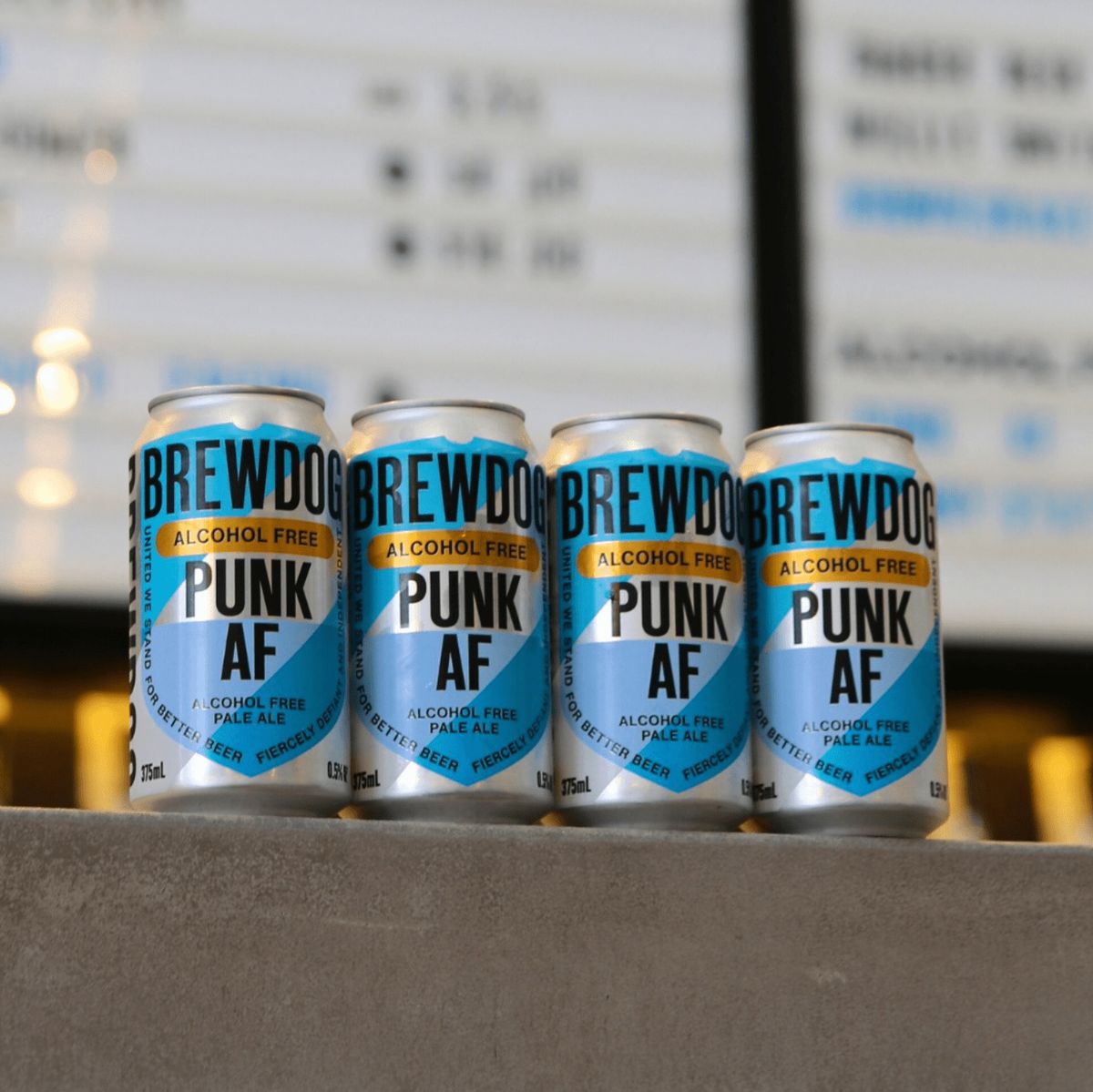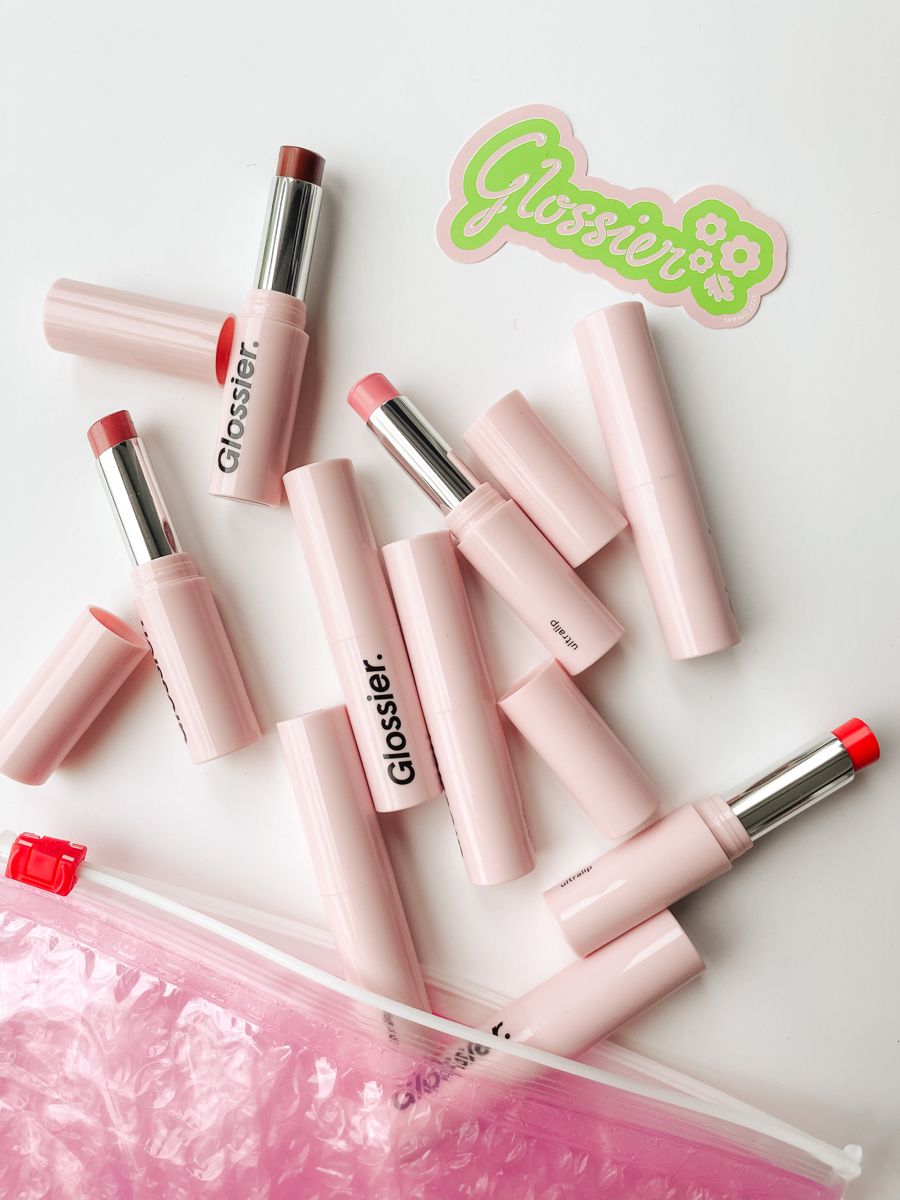Every empire begins with a question. But not just any question a crazy one. The kind that makes people laugh… until it changes everything.
From Airbnb to Spanx, the most iconic brands today didn’t start with perfect business plans. They began as impossible ideas.
What Makes an Idea Crazy?

It’s not about being irrational. Crazy ideas are bold because they:
- Challenge industry norms
- Defy expert advice
- Sound too simple to work
- Require a leap of faith, not just a spreadsheet
But here’s the thing: crazy is just genius in its early stage.
“The best ideas sound wrong at first,” says disruptive brand consultant Amira Khan. “If everyone agrees, it’s already too late.”
Airbnb: Renting Your Couch to Strangers

The Idea:
Let people sleep in strangers’ homes instead of hotels.
The Reaction:
“Insane. Unsafe. Impossible to scale.”
The Result:
Over 1.4 billion guests hosted, $100+ billion valuation, and a revolution in travel and hospitality.
What made Airbnb win?
Belief: Founders Brian Chesky and Joe Gebbia maxed out credit cards just to survive.
Timing: During the 2008 crisis, people needed income and cheaper travel.
Tech: A seamless booking experience with peer reviews built trust.
Spanx: Cutting the Legs Off Pantyhose

The Idea:
Cut the feet off pantyhose to look smoother under white pants.
The Reaction:
Too niche. Too simple. No one will buy.
The Result:
A shapewear empire, $1.2 billion valuation, and the youngest self-made female billionaire in the U.S.
Sara Blakely never had investors. She bootstrapped Spanx with $5,000 and relentless hustle.
- She sold door-to-door to Neiman Marcus.
- She wrote her own patent.
- She owned 100% of her brand for over 20 years.
“I didn’t know how to start a business,” Blakely says. “That was my greatest asset.”
BrewDog: Punk Beer With Attitude

The Idea:
Craft beer with an anti-corporate, rock ‘n roll voice.
The Reaction:
Too aggressive. Too political. Too different.
The Result:
A global craft beer cult, 100+ locations worldwide, and over £100 million raised through crowdfunding.
Instead of venture capital, BrewDog sold shares to its customers, creating an army of shareholders.
Lesson? Make your fans your fuel.
Glossier: A Blog That Became a Beauty Empire

The Idea:
Turn beauty blog readers into product co-creators.
The Reaction:
Bloggers don’t build brands. Beauty is too crowded.
The Result:
A billion-dollar brand born directly from community feedback and minimalist values.
Founder Emily Weiss didn’t guess what people wanted, she asked them.
What Do All These Crazy Ideas Have in Common?
1. They Solved Real Problems
Even wild ideas must meet deep needs, whether it’s saving money, feeling confident, or finding connection.
2. They Challenged the Norms
None of these brands played by the industry rules. They rewrote them.
3. They Were Customer-Obsessed
Feedback loops weren’t a tactic. They were the foundation.
4. They Were Bootstrapped with Belief
No idea succeeded overnight. Every one faced rejection, doubt, and near-failure. But belief built resilience.
The Science Behind the “Crazy”

Neuroscience shows that our brains resist unfamiliar ideas. The crazier something sounds, the more it lights up the brain’s threat response.
But in business, the biggest threat is being too safe.
“Safe is saturated. Crazy is untapped,” says innovation strategist Nour Al-Sabah.
The global economy rewards novelty. That’s why VCs are looking for what seems absurd today, because it might be obvious tomorrow.
In the Middle East: The Next Wave of “Crazy”

Across MENA, we’re seeing a new class of founders betting on the improbable:
- A Saudi startup reimagining camel milk as luxury wellness
- A UAE brand turning desert sand into 3D-printed construction material
- An Egyptian app gamifying home recycling
Each one started with: “That’ll never work here.” Until it did.
How to Trust Your Crazy Idea
Ask:
- What problem am I solving that no one else is addressing this way?
- If this worked, how would the world change, even just a little?
- Who will desperately love this, even if most ignore it?
Then:
- Start small. Test scrappy.
- Talk to real users.
- Obsess over value, not just vision.
Conclusion: Crazy Wins the Future
Zara, Uber, Glossier, Airbnb all proof that today’s giant was once just a wild thought someone refused to kill.
You don’t need permission. You don’t need funding. You need clarity, courage, and commitment.
Because in a world of noise, crazy is what cuts through.






